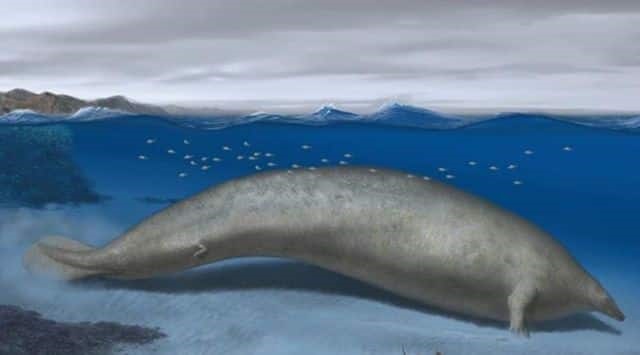Free Courses Sale ends Soon, Get It Now


Free Courses Sale ends Soon, Get It Now



Disclaimer: Copyright infringement not intended.
Context
Details
Taxonomy and Discovery
Physical Characteristics
Paleoenvironment
Behavior and Feeding Habits
Size and Weight
Fossil Discovery
Pachyosteosclerosis
Diving Abilities
Possible Lifestyle
Conclusion
Perucetus colossus, a prehistoric giant, has captivated researchers with its remarkable weight and unique bone characteristics. While the blue whale remains the longest animal on Earth, this newly-described whale fossil challenges the notion of size and weight in the ancient oceans. Further research and discoveries may shed more light on the fascinating world of ancient marine life and the diversity of the largest creatures to have ever lived on our planet.
|
PRACTICE QUESTION Q. Which of the following statements about Perucetus colossus is true? Options: a) Perucetus colossus lived approximately 10-12 million years ago. b) Perucetus colossus was longer than the blue whale. c) Perucetus colossus had pachyosteosclerosis in its bones. d) Perucetus colossus had vestigial hind limbs. Answer: c |
https://indianexpress.com/article/technology/science/perucetus-colossus-heaviest-whale-8874552/
© 2024 iasgyan. All right reserved